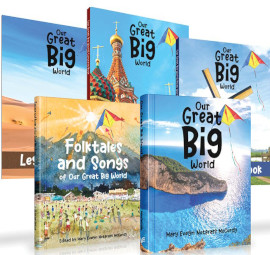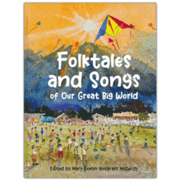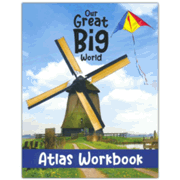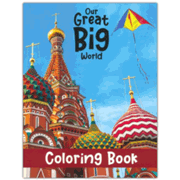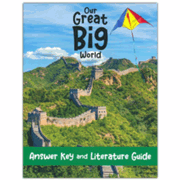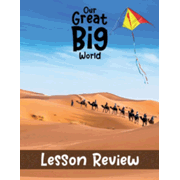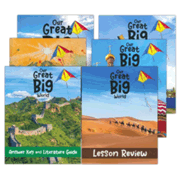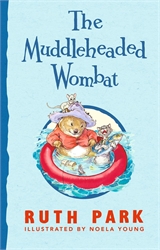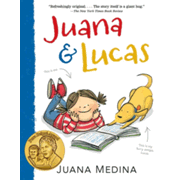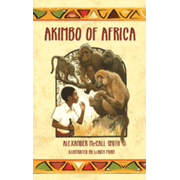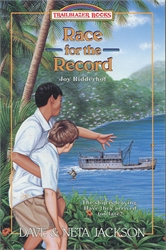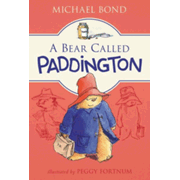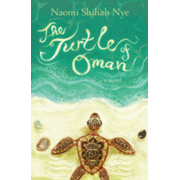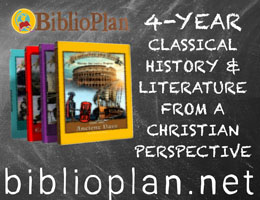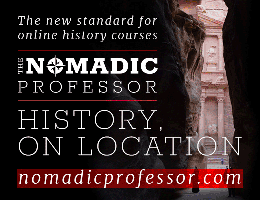Our Great Big World is a one-year world geography course for grades one through four that works like a unit study, with a literature component and activities. The course consists of six books published by Notgrass and seven literature books.
Notgrass Coursebooks
The five Notgrass books are:
Our Great Big World – This 436-page, hardcover book is the centerpiece, providing directions for using the components, heavily illustrated lessons, a list of activities (many to be completed in the other resources), and an index.
Folktales and Songs of Our Great Big World – This 101-page, hardcover book is a collection of folktales—some from the public domain and some from retellings of folktales—and traditional folk songs, all representing countries and cultures from around the world. Recordings of all 61 stories and songs can be listened to on the Notgrass website, but you'll still need the book for its illustrations and English translations for some of the songs.
Atlas Workbook – This softcover, consumable book has one page for each of the course’s 90 lessons. Students draw, color, and write in this workbook as they complete map work, puzzles, and other activities.
Coloring Book – This softcover book has one coloring page for each of the 90 lessons. You might have younger students work in the coloring book while older students work in the Atlas Workbook.
Lesson Review – This booklet has five questions per lesson, mostly multiple choice but at least one fill-in-the-blank.
Answer Key and Literature Guide – This thin book has answers for the Lesson Review book and the Atlas Workbook (solutions for puzzles and answers for the few questions it poses). It also has a page for each of the seven literature selections that describes the book and gives parents a heads up about potentially negative elements, such as describing a stone as being for good luck, a character being untruthful, and references to the Islamic religion. (These are among the comments for The Turtle of Oman.)
You could use only the lesson book, Our Great Big World, as a standalone resource. Its 90 lessons are grouped into 30 units, three lessons per unit. The units are further grouped under continents or geographical areas. For instance, four units are on Africa, and individual lessons focus on people and places in many different parts of that continent.
The lessons are oriented toward stories more than data (e.g., capital cities, climate, and the design of countries’ flags). When beginning the study of a new region, the first lesson is a “Welcome to…” lesson that introduces the country or region with very brief information, discussions about three traditional foods, and information about one topic such as wildlife in Africa, Christian churches in Europe, and the Queen of the Andes plant in South America.
Each of the other lessons is about a particular person, place, or topic that relates to the region. For example, some of the lessons about Africa are about the Sahara Desert, the pyramids of Giza, a Muslim from Morocco who converted to Christianity, and chacma baboons—a lot of variety! While each lesson could stand alone, using the three together provides a broader idea of a particular region, even though this is not intended as a comprehensive geography and cultures course.
Each lesson concludes with a Bible verse and an “Activity Ideas” box that lists pages to complete in the other Notgrass resources and literature books, and a globe or map location activity. Within each unit, one lesson also includes a creative writing suggestion. The last page of every unit (every three lessons) has a Family Activity that connects to one of the unit’s lessons. These might be games, crafts, recipes, or projects. (Lists of required supplies are on the Notgrass website.) As you can see, some of the activities provide avenues for taking a more academic approach.
Completing three lessons per week spreads the course over a year. You might choose to read from Our Great Big World on three days and complete some of the other activities those same days, or you might do the supplemental activities the other two days of the week. You can decide which activities to use and what schedule you want to follow.
Literature
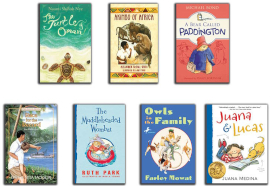 The Literature selections, an eclectic mixture of genres and styles, add another dimension to the study. Some books connect tangentially to the lessons and others relate much more cultural information. The first four books described below have more cultural information than the last three. There are no discussion questions for the books. The seven books are:
The Literature selections, an eclectic mixture of genres and styles, add another dimension to the study. Some books connect tangentially to the lessons and others relate much more cultural information. The first four books described below have more cultural information than the last three. There are no discussion questions for the books. The seven books are:
- The Turtle of Oman by Naomi Shihab Nye – A boy and his parents are moving from Oman, in the Middle East, to the United States, but during his last week in Oman, he spends time with his grandfather who will not be coming with them. Through the story, we learn about present-day Oman, and through grandfather’s stories we learn about its past.
- Akimbo of Africa by Alexander McCall Smith – In this book, also published by Notgrass History, the boy Akimbo lives on an African game reserve where he has plenty of adventures.
- Race for the Record by Dave and Neta Jackson – From the Trailblazer Books series of missionary stories, this one is about a young man and his parents, missionaries in the Philippines in the mid-1900s. They team up with another missionary to figure out how to translate the Bible into the language of the Palawanos tribe, and adventures ensue.
- Owls in the Family by Farley Mowat – This story takes place in Canada and features a boy who keeps owls as pets.
- The Muddleheaded Wombat by Ruth Park – Delightful, illustrated stories about the adventures of an Australian wombat are great fun to read but don’t teach much about the country.
- Juana and Lucas by Juana Medina – A young girl named Juana lives in Bogota, Colombia with Mami (her mother) and her dog Lucas. She is very resistant to learning English in school until her grandfather helps her understand how it will open the world to her.
- A Bear Called Paddington by Michael Bond – Paddington Bear comes to London after living in Peru, is taken in by a family, and has further adventures in places like the Underground and a theater.
Writing Notebook
I mentioned above that each unit has one creative writing suggestion included among the suggested activities. Students write in response to prompts, such as “…write a short story in which a child finds something ancient” (p. 23). However, you might have younger children provide an oral response to the prompt or create a drawing. You might transcribe a child’s oral response or collect drawings. Whatever the type of response, these should be kept in a binder.
Expanding the course even further in a unit-study fashion, you might have students use the Bible verse at the end of each lesson for copywork that is also kept in the binder.
Parental Involvement
The entire course requires parental involvement since the reading level of the various resources is often beyond that of children in the elementary grades. Parents also need to help with map or globe locations, listening activities (for Folktales and Songs), and maybe with the Atlas Workbook and Lesson Review questions. This level of involvement is not unusual for courses for this age group, and this is a great course for the family. I think children below first grade will want to listen in on some of the reading, and they might enjoy coloring and some family activities. Including as many of your children as you can makes a lot of sense and helps justify the time parents need to invest.
Summary
Our Great Big World’s unique approach to geography for the elementary grades will appeal to Christian families who love to use a story approach to learning. Those who like to balance the story approach with more academic learning can add the Atlas Workbook, Lesson Review, and writing ideas. The academic flexibility, as well as the option of using the literature and other support resources you wish, makes the course practical for busy families.

